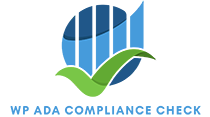Passage of Reconciliation Budget Bill in the U.S. Senate would lead to cuts…
The devastating losses of this past week have affected so many people, and…
If you and your family have been affected by the recent SoCal fires,…
At A2Z, our commitment to supporting families and children with special needs remains…
Cornerstone solutions
Are you a student preparing for college, or a parent who…
Aceing Autism
Aceing Autism is a non-profit organization committed to
helping children with…
Preconceptions of Autism
I was nervous before my interview. Up until this point,…
ahead of the curve
A2Z EDUCATIONAL ADVOCATES REPRESENTS DISABLED CHILDREN UNDER-SERVED BY THEIR…
Letters from various districts and SELPAs are being generated which are generic, meaning not specifically…
Many of my clients have been members of a regional center when they…
Once again this year members of A2Z participated as instructors in the Student Rights…



